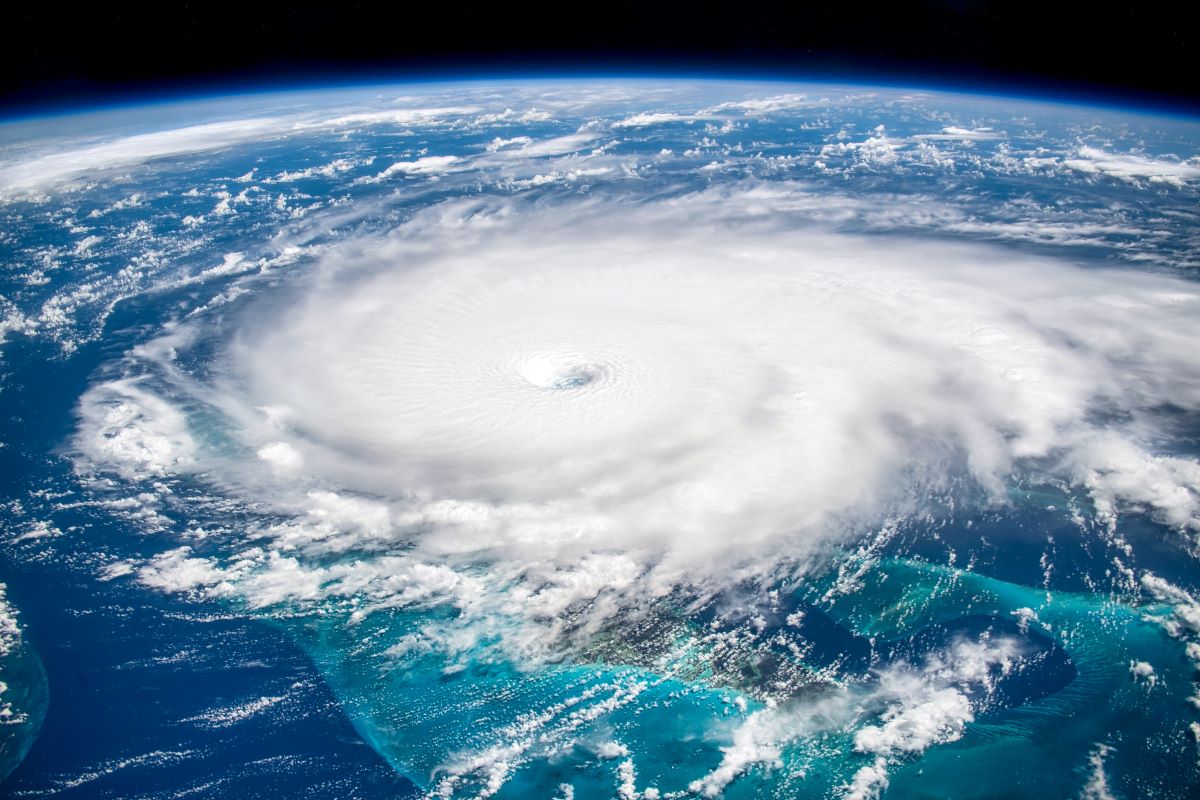Department of Emergency Management shares useful weather preparedness information for the spring season

Springtime brings flowers, sunshine, longer days — and storm season. Thunderstorms, high winds and flash floods can pop up with little warning. Weather events can create unpredictable impacts at home, at work and on the road. The Department of Emergency Management has shared some weather preparedness information so you can be prepared for severe weather impacts wherever you are.
Stay informed of Penn State Health Alerts wherever you are with the Everbridge app, available on Apple and Android devices.
Watches vs. warnings: Know the difference
A watch means tornadoes and/or severe thunderstorms are possible in the area. Listen to the radio or watch the television for updates. Be prepared to move to safety.
A warning means that a tornado and/or severe thunderstorm has either been spotted by radar or is on the ground. In this case you need to act and seek shelter immediately.
Types of severe weather: Know the threats
Tornado: A violently rotating column of air extending from a thunderstorm cloud to the ground. The Enhanced Fujita Tornado Intensity Scale is used to categorize tornadoes
Severe Thunderstorm: A thunderstorm that produces a tornado, damaging winds of 58 mph or higher, and/or quarter (1 inch) size hail or larger.
Flash Flood: A flood that will create an immediate threat to life or property. Safety rules for flash flooding can be found in this brochure.
High Wind: A high wind warning is issued for sustained winds of 40 mph or wind gusts of 58 mph.
Know what to do
Follow these simple preparedness tips to keep you safe, prepared and connected in the event of severe weather:
Plan ahead: When severe weather is predicted, make sure you have emergency supplies and a family communication plan.
Keep an emergency kit with basic first aid supplies, water, flashlights, portable radio, battery-operated flashlights and lanterns. Don’t use candles. There could be a gas leak after a storm.
Power outages: If the power goes out, remember to unplug electronics and appliances to protect them when the power is restored. Never operate lanterns, heaters, generators, fuel-fired stoves or burn charcoal without proper ventilation to avoid carbon monoxide poisoning and fires.
Keep refrigerator and freezer doors closed to maintain cold temperatures as long as possible. Perishable and frozen food that has been held above 40° for over two hours should be discarded.
Be safe at work
Each facility should be prepared to continue basic operations and follow their respective staffing policy.
Organizations/departments should encourage staff to work together to travel for work and plan for work-from-home options where it is practical.
Faculty and staff are encouraged to monitor the following locations for updated travel conditions:
- Register for Penn State Health Alerts powered by Everbridge.
- Visit 511pa.com for real-time traffic conditions.
- Visit the National Weather Service website for accurate weather information.
Be proactive with your safety.
Contributed by Gina Bradley, regional program manager for Emergency Management and Business Continuity at St. Joseph Medical Center.
If you're having trouble accessing this content, or would like it in another format, please email Penn State Health Marketing & Communications.
